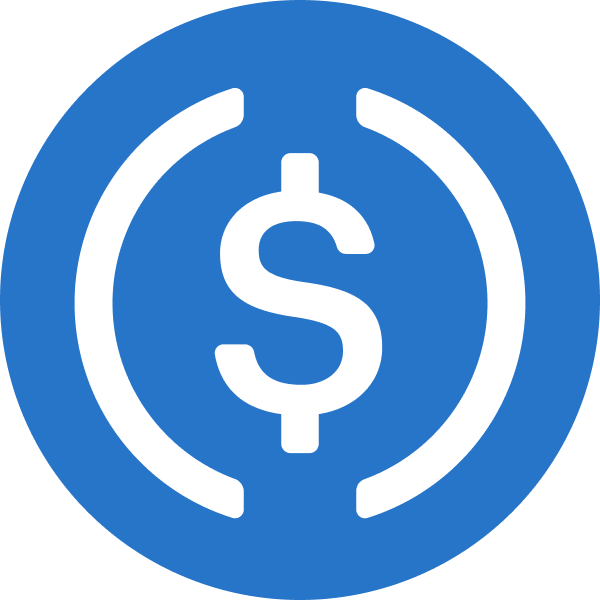What is the current price of Vader Protocol?
What is the market cap of Vader Protocol?
The current market cap of Vader Protocol is $0.00. A high market cap implies that the asset is highly valued by the market.
What is the all time high of Vader Protocol?
The all-time high of Vader Protocol is $0.11. This all-time high is highest price paid for Vader Protocol since it was launched.
What is the 24 hour trading volume of Vader Protocol?
Over the last 24 hours, the trading volume of Vader Protocol is $24.46K.
What other assets are similar to Vader Protocol?
Assets that have a similar market cap to Vader Protocol include Crazy Internet Coin, Gera Coin, Xiden, and many others. To see a full list, see our comparable market cap assets.
How many Vader Protocol are there?
The current circulating supply of Vader Protocol is 0.
Can I buy Vader Protocol on Coinbase?
Yes, Vader Protocol is currently available on Coinbase wallet. For more detailed instructions, check out our helpful how to buy Vader Protocol guide.




























































